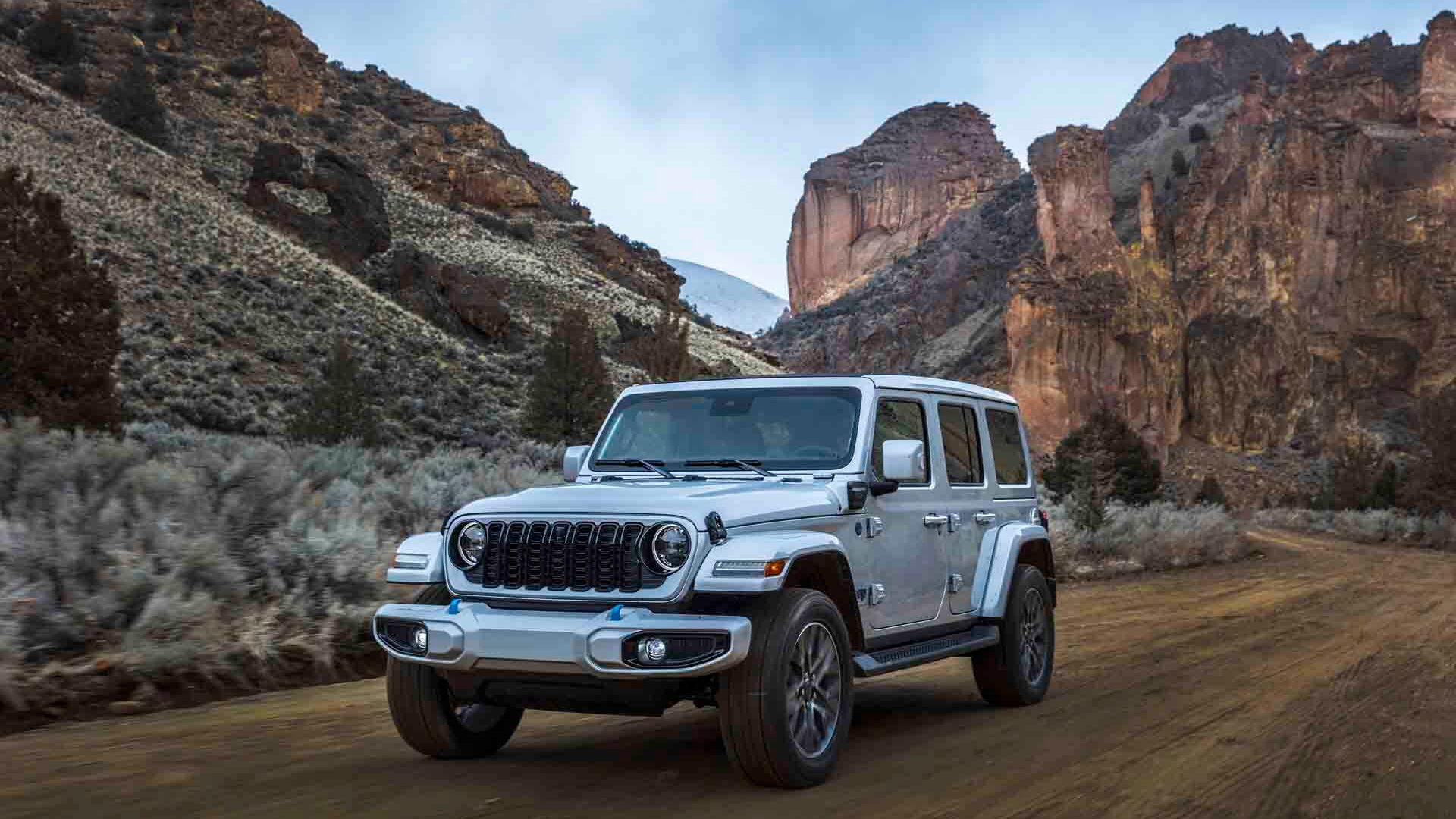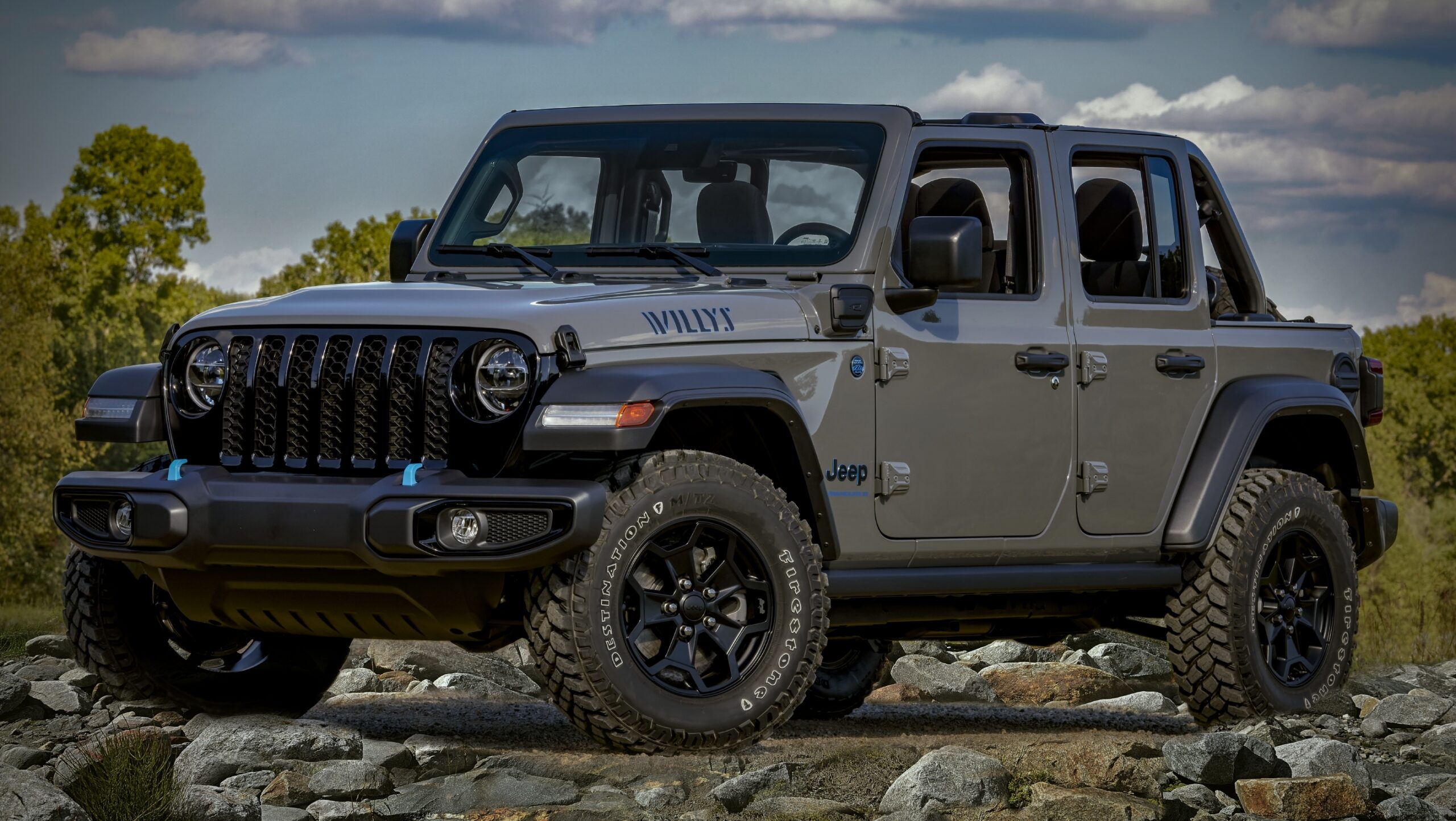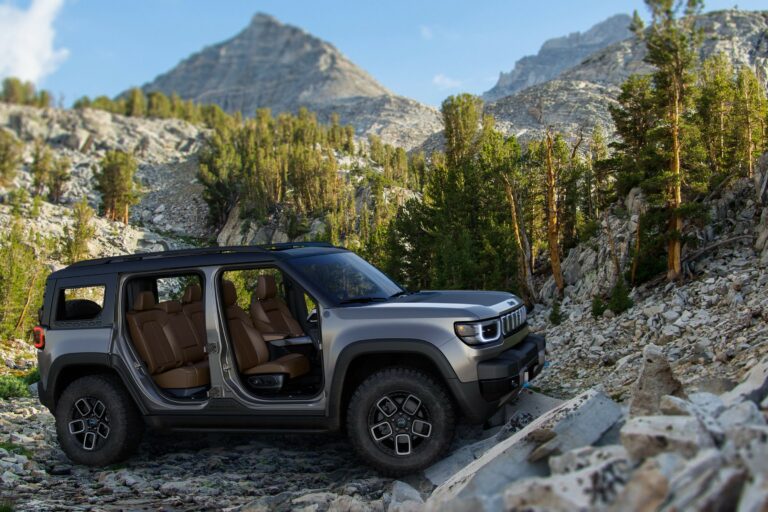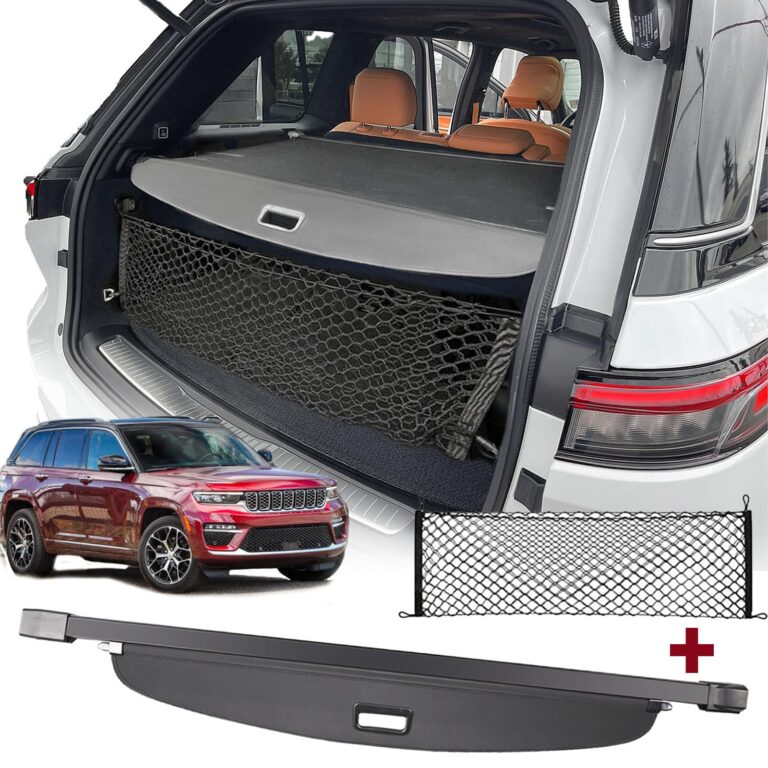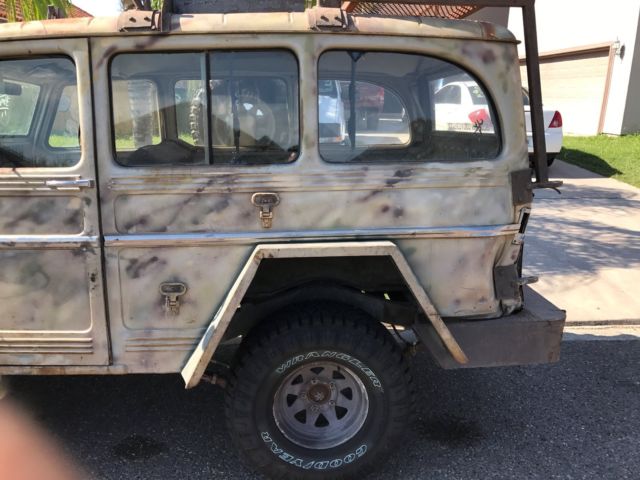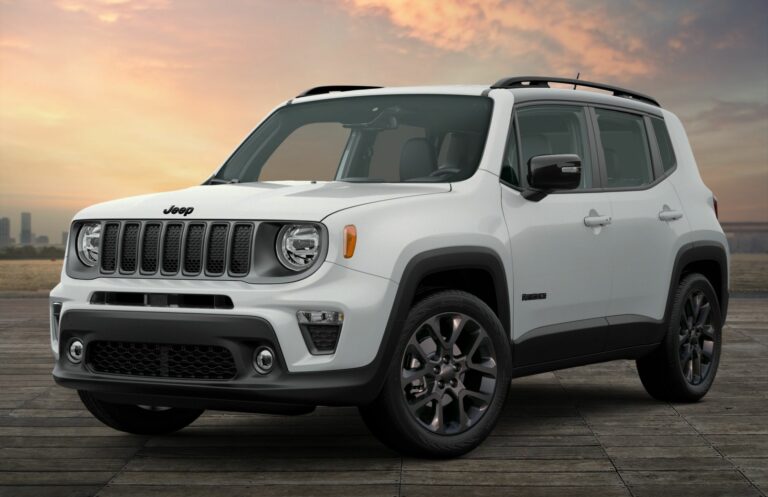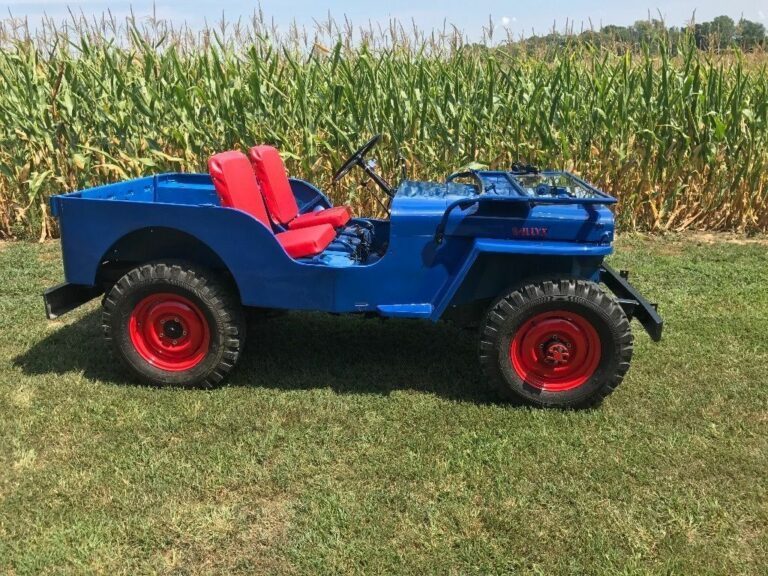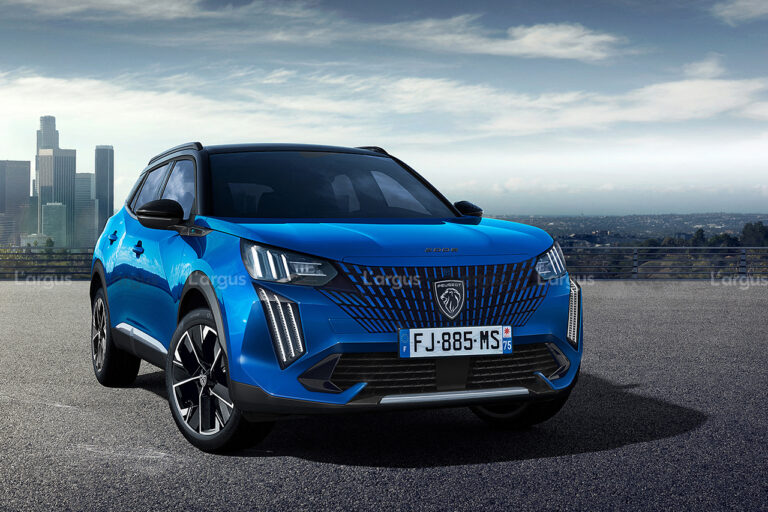Jeep Wrangler 2 Door Lift Kit: Elevating Your Adventure
Jeep Wrangler 2 Door Lift Kit: Elevating Your Adventure jeeps.truckstrend.com
The iconic Jeep Wrangler, especially its nimble 2-door variant, represents the epitome of off-road freedom and rugged capability. While impressive in its stock form, many enthusiasts seek to push its boundaries further, both aesthetically and functionally. This desire often leads to the installation of a lift kit – a transformative modification that redefines the vehicle’s stance and dramatically enhances its performance. For the 2-door Wrangler, choosing the right lift kit isn’t just about gaining height; it’s about optimizing its unique shorter wheelbase for superior off-road prowess and a commanding presence.
This comprehensive guide will delve into everything you need to know about Jeep Wrangler 2 Door Lift Kits, from the fundamental benefits to the intricate considerations, helping you make an informed decision for your ultimate adventure machine.
Jeep Wrangler 2 Door Lift Kit: Elevating Your Adventure
Why Lift Your 2-Door Wrangler? The Unveiling of Benefits
Installing a lift kit on your 2-door Jeep Wrangler offers a multitude of advantages that go beyond mere aesthetics, directly impacting its performance and versatility.
- Enhanced Ground Clearance: This is perhaps the most significant benefit. By raising the vehicle’s body, a lift kit increases the distance between the lowest point of your Jeep (often the differential or skid plates) and the ground. This prevents scraping, high-centering, and damage when navigating rocky trails, deep ruts, or uneven terrain.
- Ability to Fit Larger Tires: One of the primary motivations for a lift is to accommodate bigger, more aggressive off-road tires. Larger tires provide a greater contact patch, improved traction, and additional ground clearance. A lift kit creates the necessary wheel well clearance to prevent rubbing during suspension articulation or steering.
- Improved Approach, Departure, and Break-over Angles: These critical off-road metrics describe how steep an obstacle your Jeep can approach, leave, or traverse without scraping its bumpers or undercarriage. A lift kit significantly improves these angles, allowing you to tackle more challenging obstacles with confidence. The 2-door’s naturally better break-over angle is further enhanced.
- Increased Suspension Articulation: Many quality lift kits replace factory components with longer shocks, springs, and adjustable control arms. This allows the suspension to flex more, keeping all four tires in contact with the ground over uneven terrain, which is crucial for maintaining traction and stability on challenging trails.
- Aggressive Aesthetic Appeal: Let’s not underestimate the visual impact. A lifted 2-door Wrangler sitting on larger tires simply looks more imposing, capable, and ready for adventure. It gives your Jeep that quintessential "Jeep look" that many owners crave.
![]()
Types of Lift Kits for Your 2-Door Wrangler
The world of lift kits is diverse, offering options for every budget and intended use. Understanding the different types is crucial for making the right choice.
- Leveling Kits / Spacer Lifts (0.75 – 2 Inches):

- Description: These are the simplest and most affordable lift options. They typically consist of small pucks or spacers installed above or below your factory coil springs, or sometimes longer coil springs for a true lift.
- Benefits: Corrects the factory rake (where the front sits lower than the rear), allows for slightly larger tires (e.g., 33 inches on a JK/JL), maintains factory ride quality, and is relatively easy to install.
- Ideal For: Owners looking for a subtle height increase, correcting rake, or fitting moderately larger tires without significant modifications or cost.
- Coil Spring Lifts (2.5 – 3.5 Inches):
- Description: These kits replace your factory coil springs with taller, often firmer, aftermarket springs. They usually include new shocks (or shock extensions) to accommodate the increased travel, as well as extended sway bar links and bump stop extensions. Some kits may also include fixed or adjustable control arms and track bars.
- Benefits: Provides a noticeable lift, significantly improves off-road capability, allows for 35-inch tires (and sometimes 37-inch with trimming/flat fenders), and can offer improved ride quality over stock, especially with quality shocks.
- Ideal For: Serious weekend warriors and those who frequently hit moderate to challenging trails, seeking a balance of on-road manners and off-road performance.
- Short Arm Suspension Lifts (3.5 – 4.5+ Inches):
- Description: These kits are a step up in complexity and performance. They replace factory coil springs, shocks, and often include adjustable front and rear track bars, extended sway bar links, bump stops, and new, often adjustable, control arms (short arms).
- Benefits: Excellent articulation, significant ground clearance, allows for 37-inch tires (and potentially larger with significant other modifications), and improved on-road handling compared to basic lifts, especially if geometry correction is addressed.
- Ideal For: Dedicated off-roaders tackling difficult terrain regularly, seeking maximum articulation and clearance without the extreme cost and complexity of a long arm kit.
- Long Arm Suspension Lifts (4.5+ Inches):
- Description: These are the most comprehensive and expensive lift kits. They involve relocating the control arm mounting points further back on the frame and utilizing much longer control arms. This provides a flatter control arm angle, which is beneficial for articulation and ride quality. Requires significant cutting and welding for installation.
- Benefits: Superior ride quality both on-road and off-road due to optimized control arm angles, incredible articulation, and the ability to run very large tires (37+ inches) with minimal compromise to handling.
- Ideal For: Extreme rock crawlers, expedition vehicles, or those who demand the absolute best in performance and ride comfort, regardless of cost or installation complexity. Not typically recommended for a daily driven 2-door unless it’s a dedicated build.
Key Considerations Before Lifting Your 2-Door Wrangler
Before you commit to a lift kit, it’s vital to consider several factors specific to the 2-door Wrangler’s shorter wheelbase and your intended use.
- Intended Use: Will your Jeep be a daily driver, a weekend trail rig, or a dedicated rock crawler? This dictates the lift height, type, and associated component upgrades you’ll need. A higher lift often means more compromise on daily drivability.
- Tire Size: Determine your desired tire size first, as this will largely dictate the minimum lift height required. Remember, fitting larger tires also often necessitates re-gearing your axles to restore power and optimize performance, especially for the 2-door’s lighter weight and shorter driveshaft.
- Budget: Lift kits range from a few hundred dollars to several thousands. Don’t forget to factor in installation costs (if not DIY), alignment, and potential ancillary upgrades like driveshafts, brake lines, or steering components.
- Drivetrain & Steering Components: With a lift, especially 2.5 inches and above, the angles of your driveshafts and control arms change. For 2-door Wranglers, the rear driveshaft angle can become problematic sooner due to its shorter length, potentially leading to vibrations. You may need:
- Adjustable Control Arms: To correct caster and pinion angles.
- Adjustable Track Bars: To re-center axles.
- Extended Brake Lines: To prevent stretching during articulation.
- Aftermarket Driveshafts (CV style): Essential for higher lifts to prevent vibrations.
- Steering Correction: Drag link flip kits or high steer kits for lifts over 3.5 inches to mitigate bump steer.
- Ride Quality & Handling: A well-designed lift kit can improve ride quality, but a poorly chosen or installed one can degrade it. Quality shocks and springs are paramount. Be aware that a higher center of gravity can alter handling characteristics, requiring more cautious driving.
- Installation Complexity: Leveling kits are often DIY-friendly. Coil spring and short arm kits can be DIY for experienced mechanics but are best left to professionals. Long arm kits almost always require professional installation due to cutting and welding.
- Warranty Implications: Installing an aftermarket lift kit may affect your factory warranty, particularly on drivetrain components. Check with your dealership.
- State and Local Laws: Some regions have regulations regarding maximum vehicle height, bumper height, and tire coverage. Ensure your planned modifications comply.
Components of a Quality 2-Door Wrangler Lift Kit
A comprehensive lift kit will typically include:
- Coil Springs: Taller, often stiffer springs designed for increased load capacity and lift height.
- Shocks: Longer shocks specifically valved for the new springs and increased travel.
- Control Arms: Fixed or adjustable, used to correct caster and pinion angles.
- Track Bars: Adjustable front and rear track bars to re-center the axles under the vehicle.
- Sway Bar Links: Extended links to maintain proper sway bar function with the increased lift.
- Bump Stops: Extensions to prevent shocks from bottoming out and to limit upward wheel travel.
- Brake Line Extensions/Relocation Brackets: To ensure brake lines don’t stretch or snap during full suspension droop.
- Driveshaft (Optional but Recommended): For higher lifts, an aftermarket CV-style driveshaft may be necessary to eliminate vibrations.
- Steering Components: Drag link, tie rod, or sector shaft brace may be included or recommended for larger lifts.
Practical Advice and Actionable Insights
- Research Thoroughly: Don’t buy the first kit you see. Read reviews, watch installation videos, and join Wrangler forums to gather information.
- Prioritize Quality Shocks: Shocks dictate much of your ride quality and off-road performance. Invest in good quality, reputable brands.
- Measure Twice, Cut Once (or Install Once): If DIY, ensure you have all the necessary tools and follow instructions precisely.
- Professional Alignment is Crucial: After any lift kit installation, a professional alignment is non-negotiable to correct steering geometry, prevent premature tire wear, and ensure safe handling.
- Consider Re-gearing: For 35-inch tires and above, especially with the 2-door’s shorter wheelbase and generally smaller engine options, re-gearing your axles is highly recommended. It restores power, improves fuel economy (relative to stock, with large tires), and reduces strain on your drivetrain.
- Test Drive and Re-torque: After installation, take a careful test drive. Listen for any unusual noises or vibrations. Re-torque all bolts after 100-200 miles to ensure everything is settled.
Jeep Wrangler 2 Door Lift Kit: Estimated Price Guide
Prices can vary significantly based on brand, components included, and market fluctuations. This table provides a general estimate for complete kits (excluding installation).
| Lift Type | Lift Height (Inches) | Key Components Included | Estimated Price Range (USD) | Common Brands (Examples) |
|---|---|---|---|---|
| Leveling/Spacer Kit | 0.75 – 2 | Spacers, hardware (sometimes shock extensions) | $100 – $400 | Rough Country, TeraFlex, Daystar |
| Coil Spring Lift | 2.5 – 3.5 | Taller Coil Springs, Shocks/Extensions, Extended Sway Bar Links, Bump Stops | $500 – $1,500 | TeraFlex, Rough Country, Old Man Emu |
| Short Arm Suspension | 3.5 – 4.5 | Coil Springs, Shocks, Adjustable Control Arms, Adjustable Track Bars, Sway Bar Links | $1,500 – $3,500 | Rock Krawler, MetalCloak, AEV, Synergy |
| Long Arm Suspension | 4.5+ | Long Control Arms, Relocation Brackets, Coils, Shocks, Track Bars, Driveshafts (often) | $3,500 – $8,000+ | MetalCloak, Rock Krawler, Currie, Clayton |
Note: These prices are estimates for the kit components only and do not include installation labor, alignment, or additional necessary upgrades like new driveshafts, re-gearing, or larger tires.
Frequently Asked Questions (FAQ) About Jeep Wrangler 2 Door Lift Kits
Q1: How much lift do I really need for my 2-door Wrangler?
A1: It depends on your desired tire size and intended use.
- 2 inches: For 33-inch tires, mostly cosmetic, light trails.
- 2.5-3.5 inches: For 35-inch tires, good balance for daily driving and moderate to difficult trails.
- 3.5-4.5+ inches: For 37-inch+ tires, dedicated off-roading, requires significant other upgrades.
Q2: Can I install a lift kit myself on my 2-door Wrangler?
A2: Leveling kits and some 2.5-inch coil spring kits are DIY-friendly for those with mechanical experience and proper tools. Higher lifts (3.5+ inches, especially long arm kits) are complex and often require specialized tools, cutting, welding, and professional expertise.
Q3: Will a lift kit void my Jeep’s factory warranty?
A3: Potentially, yes. While the Magnuson-Moss Warranty Act protects consumers, dealerships may argue that an aftermarket modification caused a failure. Drivetrain components (axles, transmission, driveshafts) are most commonly affected. It’s best to discuss with your dealership beforehand.
Q4: Do I need new tires with a lift kit?
A4: Not always immediately, but a primary reason to lift is to fit larger tires. If you lift, you’ll likely want to upgrade your tires to take full advantage of the added clearance and improved off-road capability.
Q5: Do I need to re-gear my axles after installing a lift and larger tires?
A5: For 35-inch tires and larger, especially on a 2-door Wrangler, re-gearing is highly recommended. It restores lost power, improves acceleration, reduces strain on the engine and transmission, and helps maintain reasonable fuel economy. Without it, your Jeep will feel sluggish.
Q6: How does a lift affect my 2-door Wrangler’s on-road handling?
A6: A quality lift kit, properly installed and aligned, should maintain good on-road manners. However, any lift raises the center of gravity, which can lead to slightly more body roll in corners. Higher lifts without proper geometry correction can cause steering wander or bump steer.
Conclusion: Elevate Your Adventure
A lift kit for your 2-door Jeep Wrangler is more than just an aesthetic upgrade; it’s an investment in capability, performance, and the ultimate off-road experience. By understanding the different types of kits, the critical considerations, and the potential associated upgrades, you can confidently choose the perfect setup to transform your nimble 2-door into an even more formidable trail machine. Whether you’re aiming for a subtle stance improvement or a full-blown rock-crawling beast, a well-chosen and properly installed lift kit will truly elevate your Wrangler’s adventure potential, opening up new horizons for exploration and excitement.
